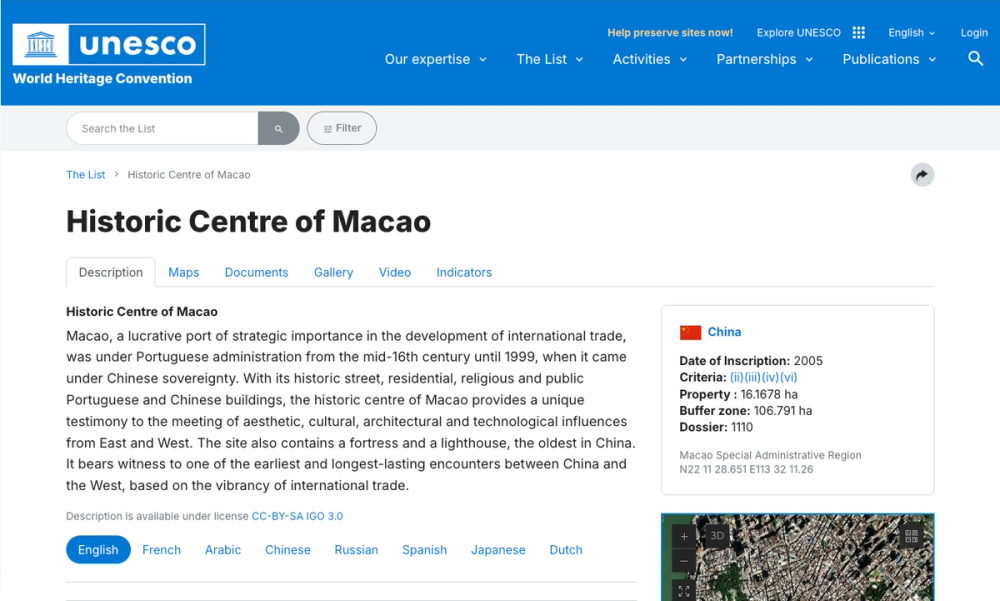Newsletter
Join the Community
Subscribe to our newsletter for the latest news and updates
A-Ma Temple (妈阁庙), Macau's oldest Taoist temple built in 1488, honors Mazu, the sea goddess. A UNESCO World Heritage Site, it blends Chinese folklore and Portuguese colonial history, famously inspiring Macau's name ("Macau" derived from "妈阁").

The Historic Centre of Macao is a UNESCO World Heritage Site featuring 22 historic buildings and 8 interconnected squares that showcase 400+ years of Sino-Western cultural exchange. Highlights include the Ruins of St. Paul's, A-Ma Temple, and Senado Square, blending Portuguese-colonial architecture with Chinese traditions.

The Macao Government Tourism Office official website provides comprehensive travel information, event updates, cultural highlights, and practical resources to help international visitors explore Macao’s unique blend of heritage, entertainment, and gastronomy.

The Macao Giant Panda Pavilion, located in Seac Pai Van Park, is a conservation-focused attraction housing four giant pandas: Kai Kai, Xin Xin, and their twin cubs Jian Jian and Kang Kang. Opened in 2005, it offers educational exhibits, affordable entry (MOP 10), and immersive viewing of pandas in habitat-inspired enclosures.
The A-Ma Temple (妈阁庙), also known as Ma Kok Miu, is a 15th-century Taoist temple dedicated to Mazu, the goddess of seafarers. Established in 1488 during the Ming Dynasty, it predates Portuguese colonization (1553) and is central to Macau’s identity—its name "Macau" originates from the temple’s local name, "媽閣" (Maa1 Gok3), misheard by Portuguese explorers.
The temple complex features a harmonious blend of granite structures, pavilions, and cliffside carvings, divided into six key areas:
A-Ma Temple stands as a testament to Macau’s maritime heritage, where Taoist devotion, colonial history, and artistic craftsmanship converge.